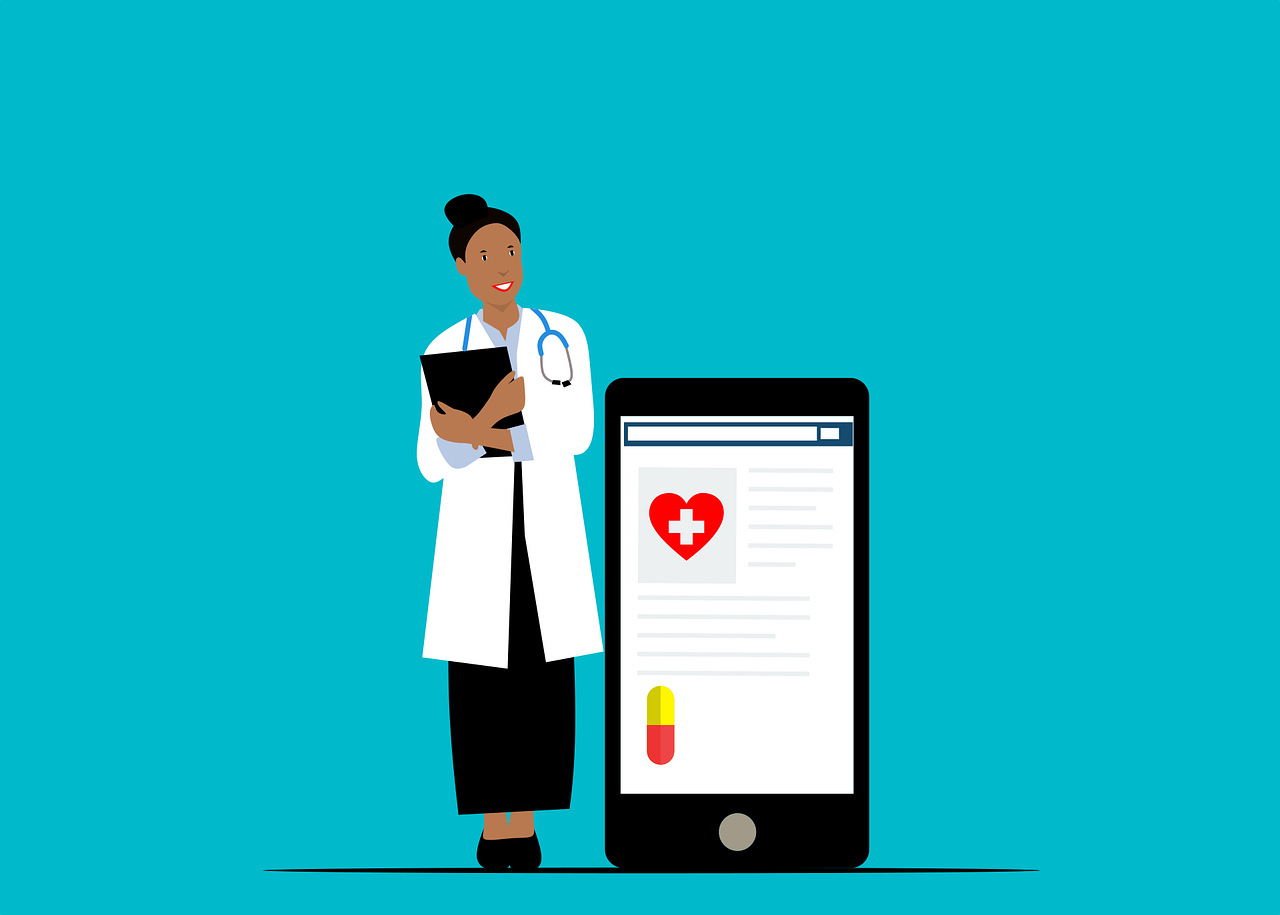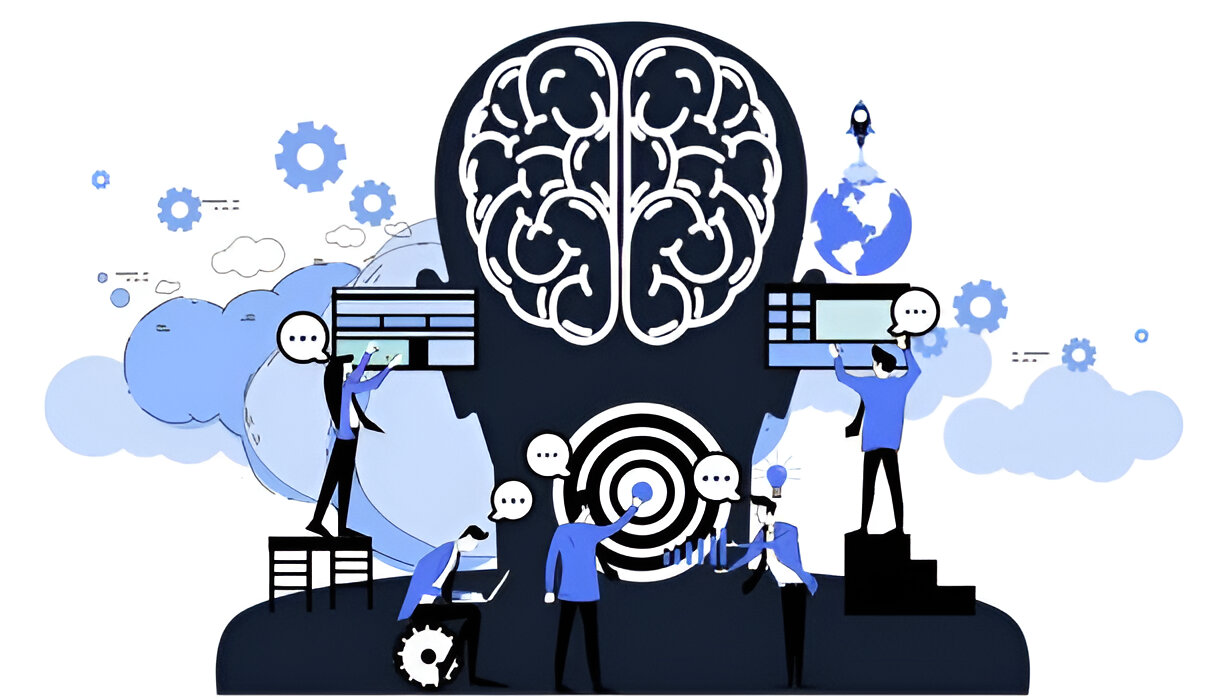Healthcare organizations are increasingly relying on software solutions to streamline procedures, improve patient care, and boost operational efficiency in the digital age. However, with the widespread use of electronic health records (EHRs) and the sensitive nature of patient data, ensuring HIPAA compliance is critical for protecting patient privacy and preserving regulatory compliance.
HIPAA, or the Health Insurance Portability and Accountability Act, sets the standard for protecting sensitive patient data. Any software used by healthcare providers or covered entities must adhere to strict HIPAA regulations to ensure the confidentiality, integrity, and availability of patient information. But what exactly is HIPAA compliant software, and how can healthcare organizations ensure compliance when developing or implementing software solutions?
What is HIPAA Compliant Software?
HIPAA compliant software refers to software applications, systems, or tools that meet the security and privacy requirements outlined in the HIPAA Privacy Rule, Security Rule, and Breach Notification Rule. These rules establish standards for safeguarding protected health information (PHI) and dictate how PHI should be handled, stored, and transmitted.
Key features of HIPAA compliant software include:
Encryption: All PHI stored or transmitted by the software must be encrypted to prevent unauthorized access or interception. Encryption ensures that even if data is compromised, it remains unreadable to unauthorized users.
Access Controls: HIPAA software compliance should incorporate access controls to restrict access to PHI based on user roles and permissions. This helps prevent unauthorized users from viewing or modifying sensitive patient information.
Audit Trails: The software should maintain detailed audit trails that record user activities, such as logins, file access, and modifications. Audit trails allow administrators to track and monitor user interactions with PHI, helping to detect and investigate security incidents.
Data Backups: Regular data backups are essential for protecting against data loss or corruption. HIPAA software compliance should include robust backup mechanisms to ensure that PHI can be recovered in the event of a hardware failure, natural disaster, or cyberattack.
Secure Communication: The software should facilitate secure communication channels, such as encrypted email or messaging, to ensure the safe transmission of PHI between authorized parties.
HIPAA Compliant Software for Therapists
Therapists and mental health professionals often handle sensitive patient information, making HIPAA compliance particularly crucial in their practice. HIPAA compliant software for therapists encompasses electronic health record (EHR) systems, practice management software, teletherapy platforms, and other tools used in mental health settings.
When selecting HIPAA compliant software for therapists, it's essential to consider the unique needs and requirements of mental health practices.
Key considerations include:
Encryption and Security: Ensure that the software encrypts all patient data and implements robust security measures to protect against unauthorized access or data breaches.
Teletherapy Capabilities: If offering teletherapy services, choose a platform that complies with HIPAA regulations for telehealth and provides secure video conferencing and messaging features.
User-Friendly Interface: Opt for software that is intuitive and easy to use, minimizing the risk of errors or security vulnerabilities due to user oversight.
Customization Options: Look for software that allows customization to adapt to the specific workflows and preferences of your therapy practice.
Compliance Documentation: Verify that the software provider offers documentation or assurances of HIPAA compliance, including business associate agreements (BAAs) and security risk assessments.
HIPAA Compliance for Software Development
Building HIPAA compliant software requires a comprehensive understanding of HIPAA regulations and security best practices. Whether developing custom software or integrating third-party solutions, software developers must adhere to strict guidelines to ensure compliance throughout the development lifecycle.
Here's a step-by-step guide on building HIPAA compliant software:
Conduct a Risk Assessment: Start by conducting a thorough risk assessment to identify potential security vulnerabilities and compliance risks associated with the software application.
Implement Security Controls: Based on the findings of the risk assessment, implement appropriate security controls and safeguards to mitigate identified risks. This may include encryption, access controls, audit trails, and secure communication protocols.
Develop Policies and Procedures: Establish policies and procedures governing the use, access, and handling of PHI within the software application. Ensure that all developers and stakeholders are trained on HIPAA compliance requirements and best practices.
Perform Regular Audits and Testing: Conduct regular audits and security testing to assess the effectiveness of security controls and identify any vulnerabilities or non-compliance issues. This may include penetration testing, vulnerability scanning, and code reviews.
Maintain Ongoing Compliance: HIPAA software compliance is an ongoing process that requires continuous monitoring, updates, and adherence to evolving regulatory requirements. Stay informed of changes to HIPAA regulations and industry best practices to ensure continued compliance.
By following these steps and working with experienced software developers and HIPAA compliance experts, healthcare organizations can build and implement HIPAA compliant software solutions that meet the highest standards of data security and privacy protection. Investing in HIPAA compliant software not only helps mitigate the risk of data breaches and regulatory penalties but also fosters trust and confidence among patients and stakeholders in the healthcare ecosystem.

Key features of HIPAA compliant software include:
Encryption: All PHI stored or transmitted by the software must be encrypted to prevent unauthorized access or interception. Encryption ensures that even if data is compromised, it remains unreadable to unauthorized users.
Access Controls: HIPAA software compliance should incorporate access controls to restrict access to PHI based on user roles and permissions. This helps prevent unauthorized users from viewing or modifying sensitive patient information.
Audit Trails: The software should maintain detailed audit trails that record user activities, such as logins, file access, and modifications. Audit trails allow administrators to track and monitor user interactions with PHI, helping to detect and investigate security incidents.
Data Backups: Regular data backups are essential for protecting against data loss or corruption. HIPAA software compliance should include robust backup mechanisms to ensure that PHI can be recovered in the event of a hardware failure, natural disaster, or cyberattack.
Secure Communication: The software should facilitate secure communication channels, such as encrypted email or messaging, to ensure the safe transmission of PHI between authorized parties.
HIPAA Compliant Software for Therapists
Therapists and mental health professionals often handle sensitive patient information, making HIPAA compliance particularly crucial in their practice. HIPAA compliant software for therapists encompasses electronic health record (EHR) systems, practice management software, teletherapy platforms, and other tools used in mental health settings.
When selecting HIPAA compliant software for therapists, it's essential to consider the unique needs and requirements of mental health practices.
Key considerations include:
Encryption and Security: Ensure that the software encrypts all patient data and implements robust security measures to protect against unauthorized access or data breaches.
Teletherapy Capabilities: If offering teletherapy services, choose a platform that complies with HIPAA regulations for telehealth and provides secure video conferencing and messaging features.
User-Friendly Interface: Opt for software that is intuitive and easy to use, minimizing the risk of errors or security vulnerabilities due to user oversight.
Customization Options: Look for software that allows customization to adapt to the specific workflows and preferences of your therapy practice.
Compliance Documentation: Verify that the software provider offers documentation or assurances of HIPAA compliance, including business associate agreements (BAAs) and security risk assessments.
HIPAA Compliance for Software Development
Building HIPAA compliant software requires a comprehensive understanding of HIPAA regulations and

